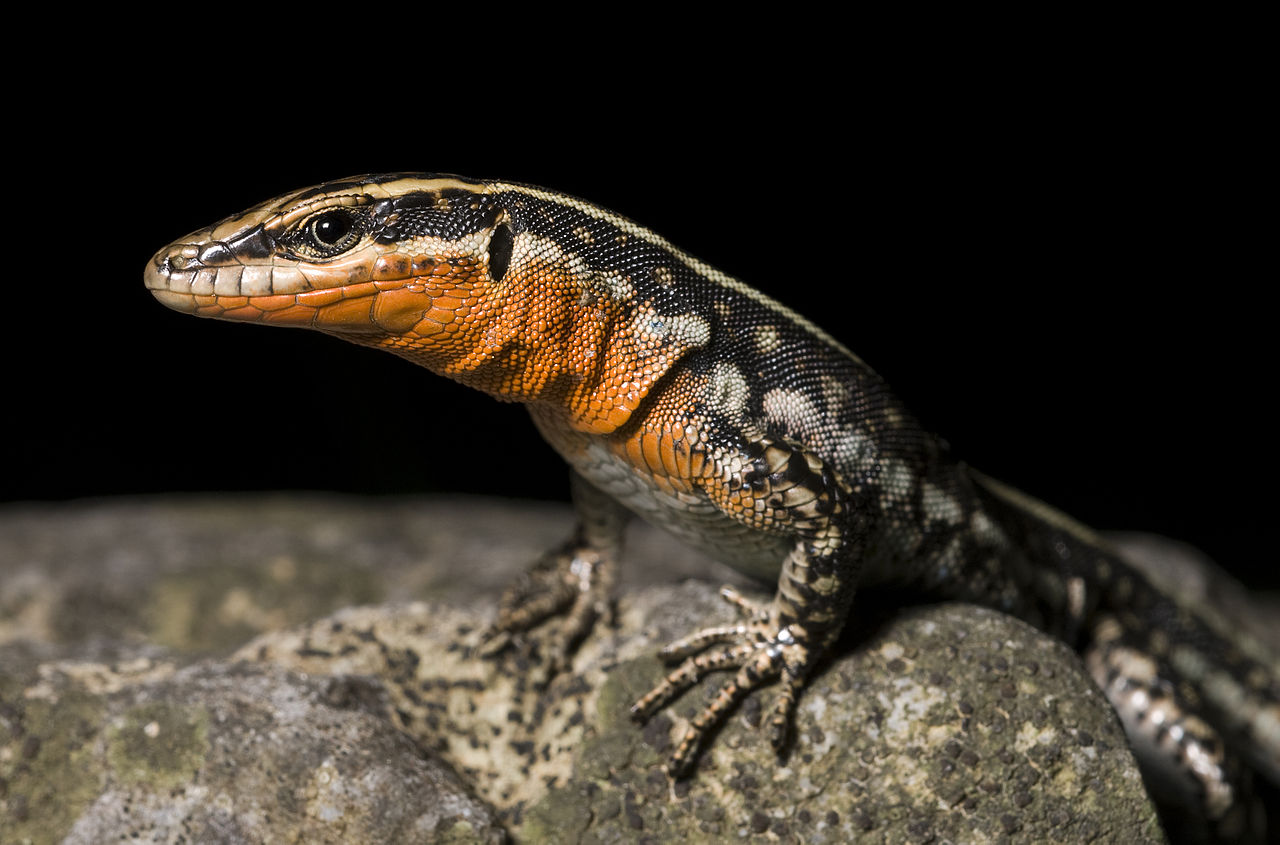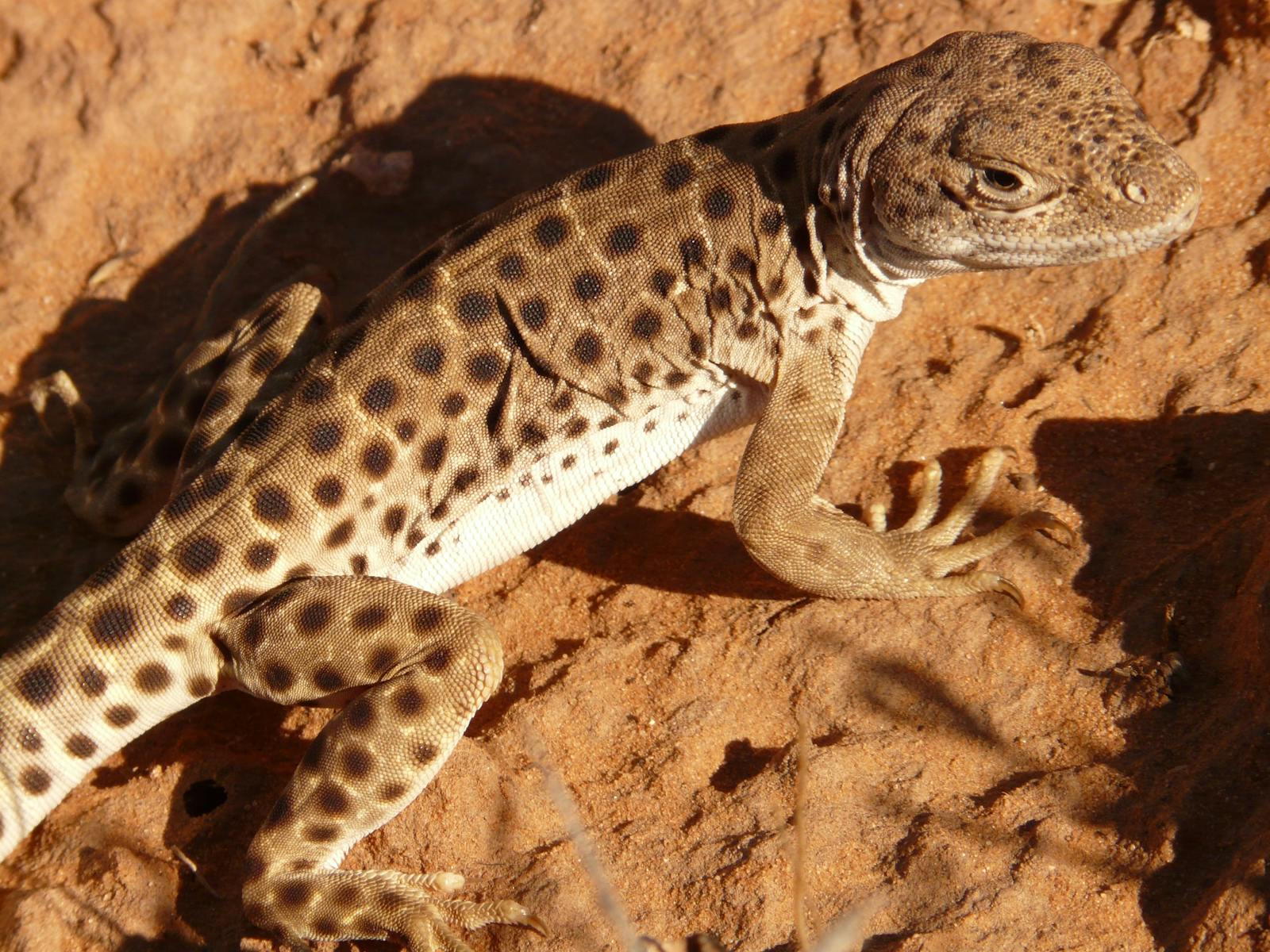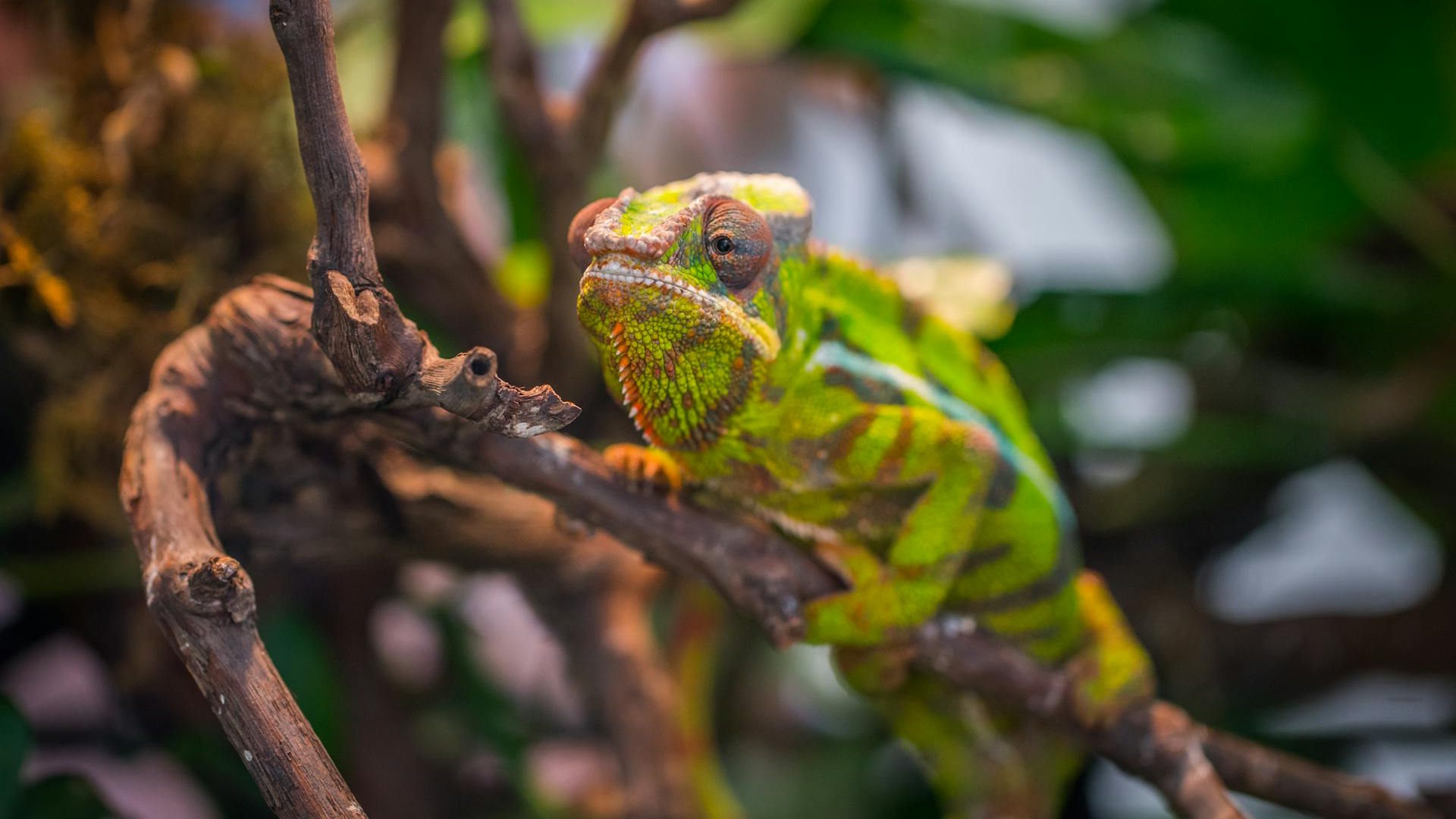Creating a naturalistic habitat for your lizard goes beyond mere aesthetics—it’s essential for their physical health, mental stimulation, and overall well-being. Unlike sterile tank setups with basic necessities, a naturalistic enclosure mimics your lizard’s native environment, allowing them to engage in natural behaviors like climbing, digging, basking, and hunting. These enriched environments reduce stress and prevent behavioral problems while creating a beautiful, dynamic display that’s both functional for your pet and visually appealing in your home. This comprehensive guide will walk you through everything you need to know to create the perfect slice of the wild for your scaly companion.
Understanding Your Lizard’s Natural Habitat
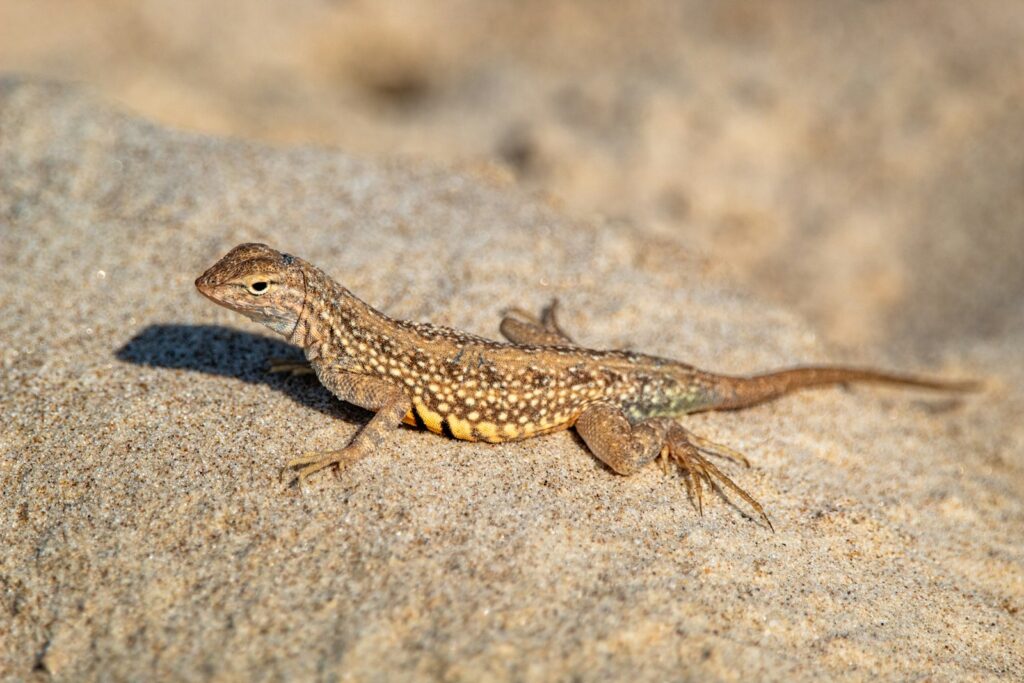
Before purchasing a single decoration or substrate, research your specific lizard species’ native environment in the wild. Desert-dwelling species like bearded dragons require different setups than tropical species like crested geckos or arboreal species like green anoles. Study how your lizard lives in its natural environment—does it primarily climb trees, burrow underground, or bask on rocks? Note the temperature ranges, humidity levels, and seasonal changes in its native habitat. This research forms the foundation of your habitat design and will guide every decision you make moving forward. Many reputable herpetological societies and journals offer detailed habitat information for specific lizard species that can serve as excellent reference points.
Selecting the Right Enclosure Size and Type
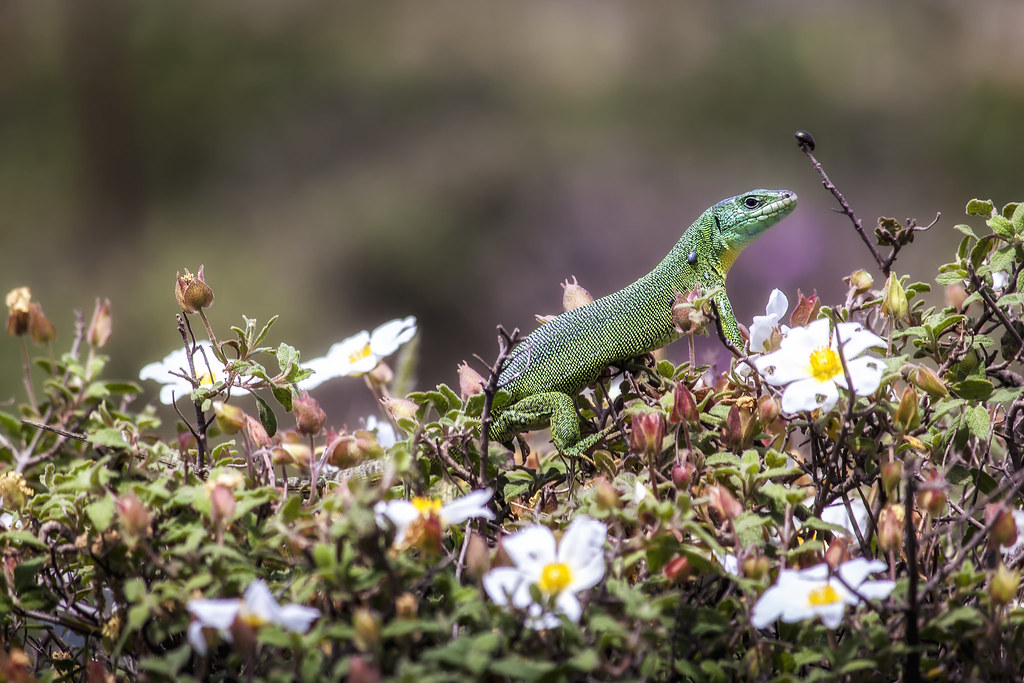
The enclosure serves as the foundation of your lizard’s habitat and must be appropriately sized to accommodate your pet throughout its life. As a general rule, provide an enclosure that allows your lizard to move freely in all directions—at minimum, the length should be at least twice your adult lizard’s total length, and the width should be at least the length of your lizard. Height requirements vary significantly by species; arboreal lizards need tall enclosures with ample climbing space, while terrestrial species benefit more from floor space. Glass terrariums offer excellent visibility and humidity retention, while PVC or wooden vivariums provide better insulation and privacy. Front-opening enclosures typically reduce stress during maintenance and feeding compared to top-opening tanks, as lizards often associate shadows from above with predators.
Creating the Perfect Temperature Gradient
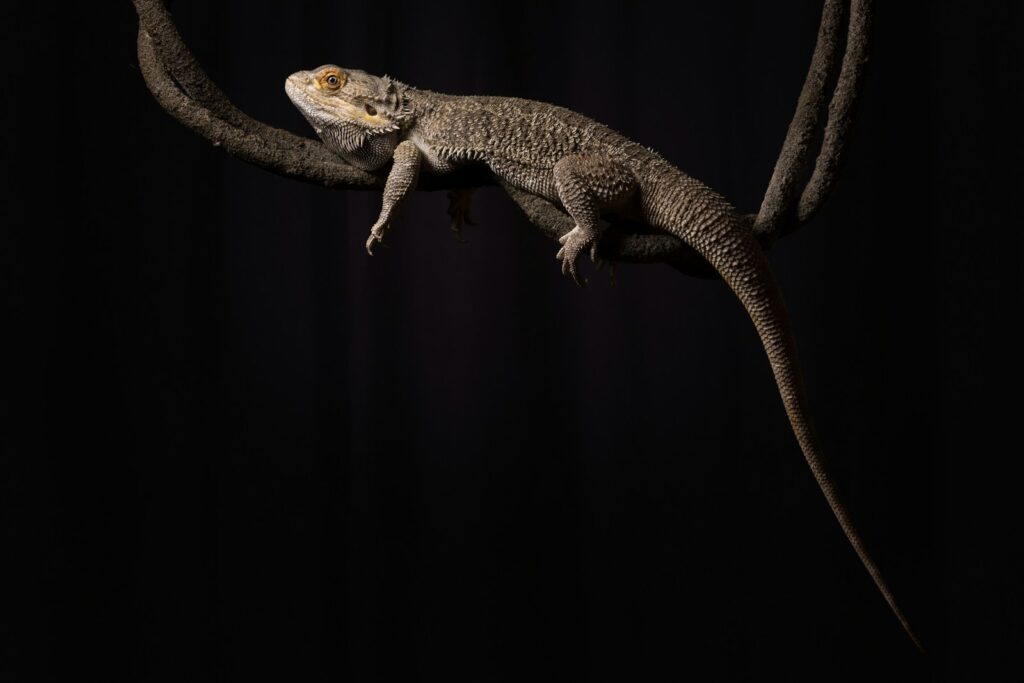
Temperature gradients are crucial for lizards to thermoregulate effectively by moving between warmer and cooler areas as needed. Establish a basking zone at one end of the enclosure using heat lamps, ceramic heat emitters, or radiant heat panels that reaches the species-appropriate basking temperature—often between 90-110°F depending on the species. The opposite end should remain significantly cooler, creating a temperature differential of at least 15-20°F across the enclosure. Implement multiple thermometers placed at both the basking spot and the cool end to accurately monitor these temperature zones. Many advanced keepers also create vertical temperature gradients in taller enclosures, allowing arboreal species to move up and down to find their preferred temperature range, more closely mimicking thermal variations found in the wild.
Mastering Humidity and Ventilation Balance
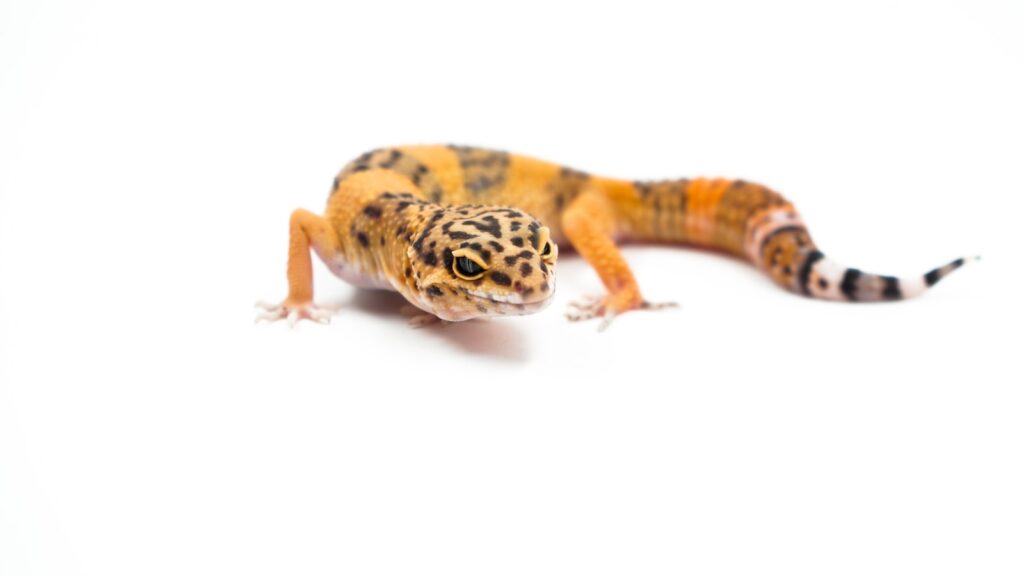
Proper humidity levels are as important as correct temperatures for your lizard’s respiratory health and proper shedding. Desert species typically require humidity levels between 20-40%, while tropical species may need 60-80% or higher. Use hygrometers placed in multiple locations to monitor humidity throughout the enclosure. Balance humidity with appropriate ventilation to prevent stagnant air and fungal growth, especially in tropical setups. For desert habitats, screen tops provide excellent airflow, while tropical setups might benefit from strategic ventilation slots that maintain humidity while still allowing air exchange. Misting systems, foggers, or simple spray bottles can help maintain humidity, while careful placement of water features can create natural humidity gradients throughout the enclosure.
Selecting Naturalistic Substrate Options
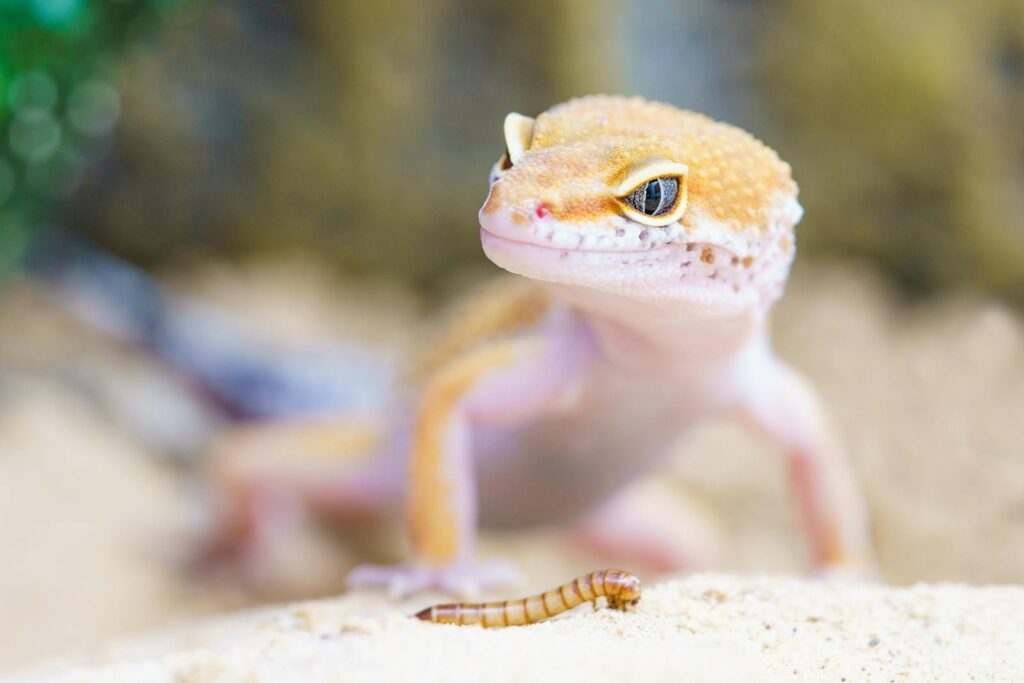
The substrate forms the foundation of your naturalistic habitat and should reflect your lizard’s native environment while supporting natural behaviors like digging or burrowing. For desert habitats, consider a mix of play sand and topsoil (70:30 ratio) or specialized reptile sands that won’t cause impaction if accidentally ingested. Tropical species thrive with bioactive substrates consisting of organic topsoil, coconut fiber, sphagnum moss, and leaf litter that supports beneficial microorganisms. Create substrate depth based on your lizard’s behaviors—burrowing species like sandfish skinks need at least 4-6 inches of loose substrate, while climbers may need less. Bioactive substrates with custodian insects like springtails and isopods create self-maintaining ecosystems that process waste and prevent bacterial buildup, further enhancing the naturalistic environment.
Incorporating Natural Hides and Shelters

Multiple hiding spots throughout the habitat are essential for your lizard’s security and stress management. Provide at least three hides—one in the warm zone, one in the cool zone, and one in a moderate temperature area—allowing your lizard to feel secure at any temperature. Natural materials like cork bark, hollowed logs, stone caves, and carefully stacked rocks create visually appealing hideaways that blend seamlessly into your naturalistic design. Humid hides containing damp sphagnum moss provide essential microenvironments for proper shedding and hydration. Position hides strategically to create visual barriers between your lizard and high-traffic areas of your home, giving them the option to retreat from view when they feel threatened or simply want privacy.
Designing Climbing Structures and Basking Spots
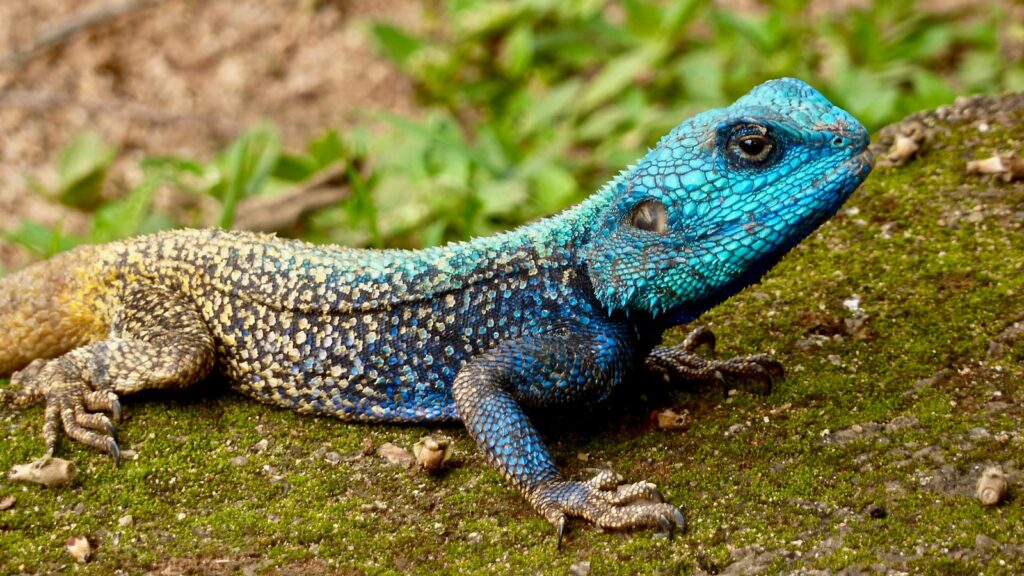
Vertical space utilization through climbing opportunities provides exercise and environmental enrichment while expanding your lizard’s usable habitat space. For arboreal species, create a network of secure branches, vines, bamboo poles, or cork bark pieces that allow movement throughout the upper regions of the enclosure. Ensure all climbing structures are firmly anchored and can support your lizard’s weight without risk of collapse. Strategic basking platforms positioned under heat sources give your lizard ideal spots to thermoregulate. For larger species, slate tiles or flat rocks make excellent basking surfaces that absorb heat and slowly release it, creating natural thermal masses. Regularly inspect all climbing structures for stability and replace any that show signs of deterioration or mold growth.
Selecting and Arranging Live Plants
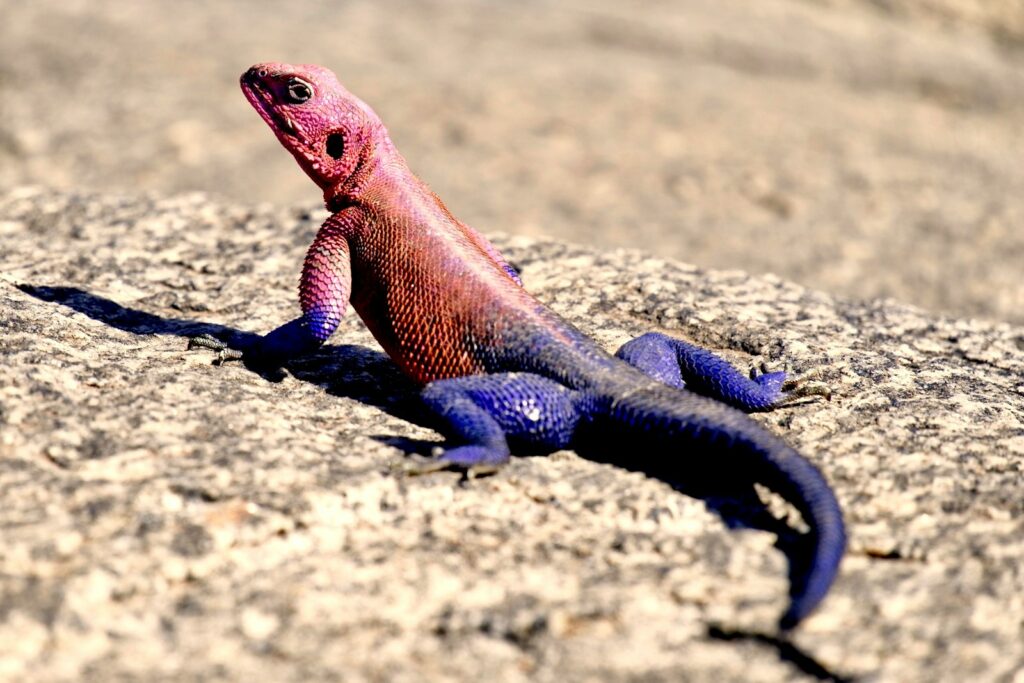
Live plants transform an enclosure into a truly naturalistic habitat while providing numerous practical benefits including humidity regulation, natural shelter, visual security, and improved air quality. Choose plants suited to your lizard’s native environment and that can thrive in your enclosure’s temperature and humidity conditions. Desert habitats benefit from succulents like aloe, haworthia, and certain cacti without dangerous spines, while tropical vivariums can support pothos, bromeliads, ficus, and numerous other humidity-loving species. Always quarantine new plants for at least two weeks before introduction, and ensure they haven’t been treated with pesticides or chemical fertilizers that could harm your lizard. Position plants strategically to create natural privacy screens, climbing opportunities, and visual barriers that help your lizard feel secure.
Implementing Proper Lighting Systems
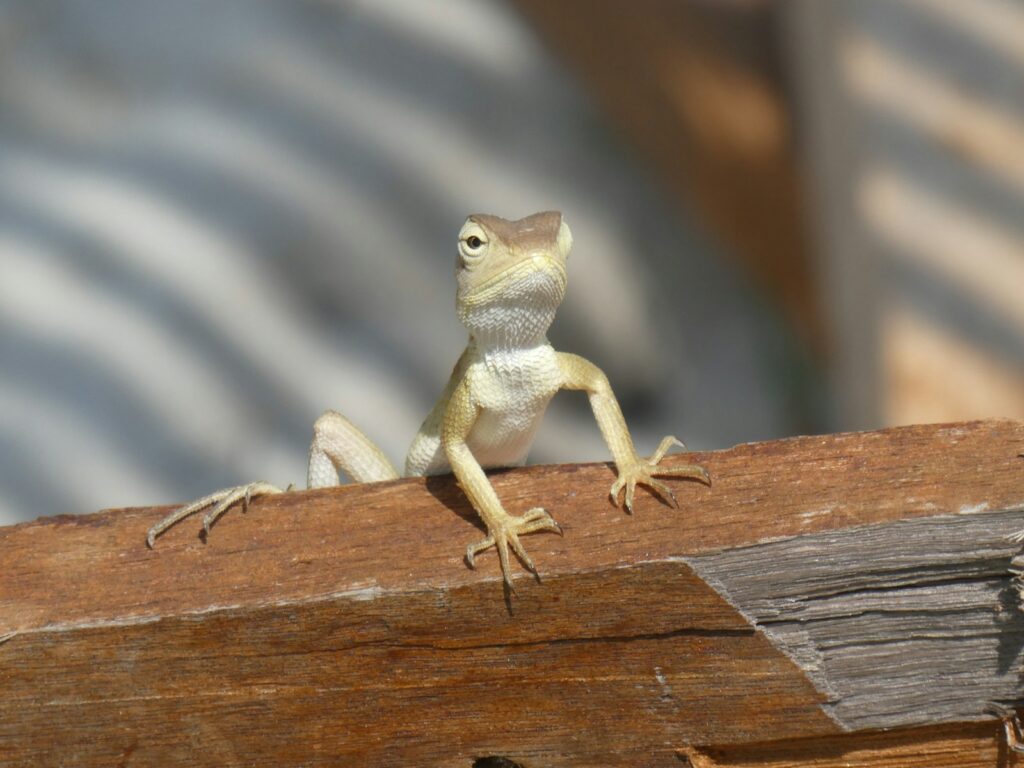
Lighting in a naturalistic habitat serves multiple crucial functions beyond simple illumination. UVB lighting is essential for most lizard species’ vitamin D3 synthesis and calcium metabolism, with different species requiring different UVB intensities based on their natural sun exposure. Install the appropriate strength UVB bulb (5.0, 10.0, or 12.0) based on your species’ requirements, and position it at the correct distance according to manufacturer specifications. Supplement with full-spectrum LED or fluorescent lighting to enhance plant growth and create a natural photoperiod that mimics daylight hours in your lizard’s native habitat. Many advanced keepers implement dawn/dusk dimming systems that gradually transition between light and dark, reducing stress and creating more natural light cycles for your lizard.
Creating Natural Water Features
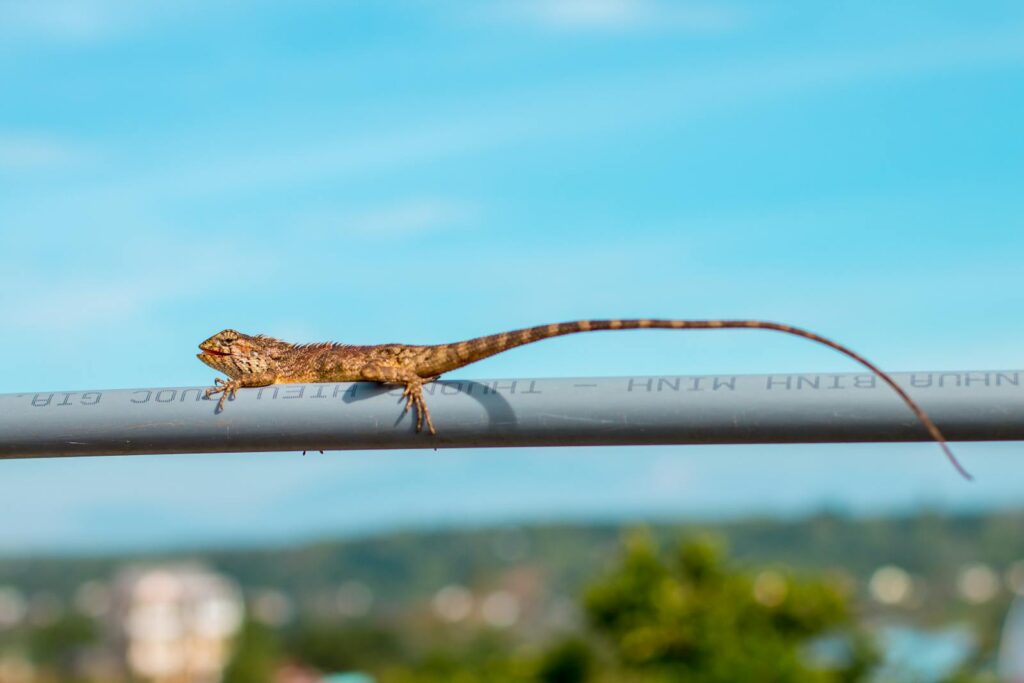
Water features add both aesthetic appeal and functional benefits to naturalistic habitats, though their implementation varies dramatically based on species needs. For desert-dwelling lizards, shallow water dishes that prevent drowning risk are sufficient, while semi-aquatic species like water dragons benefit from larger bathing and swimming areas. Position water features for easy access while preventing substrate contamination, and ensure they’re easily removable for regular cleaning. Some advanced keepers incorporate drip systems or small recirculating waterfalls that provide moving water, which many lizards prefer to drink from and which adds significant humidity to tropical setups. No matter which water feature you choose, ensure the water remains clean by changing it frequently, as stagnant water quickly becomes a breeding ground for harmful bacteria.
Establishing a Bioactive Cleaning Crew
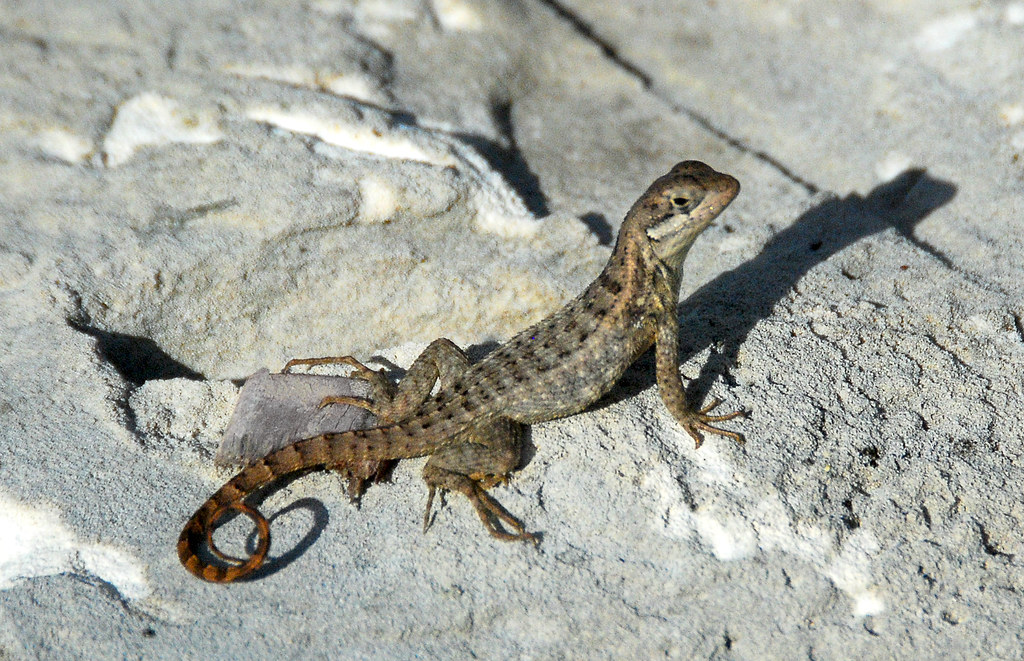
Bioactive setups take naturalistic habitats to the next level by creating self-sustaining mini-ecosystems that process waste and maintain cleanliness with minimal human intervention. Introduce beneficial decomposers like springtails and isopods (commonly called “cleanup crews”) that consume waste, shed skin, and decaying plant matter while aerating the substrate. Different isopod species serve specific purposes—dwarf white isopods reproduce quickly and stay mostly hidden, while larger species like Porcellio scaber actively process more waste but are more visible. Beneficial microorganisms in the substrate break down waste into nutrients that feed your live plants, completing the nitrogen cycle. This natural decomposition system significantly reduces odors and the frequency of complete substrate changes, though spot cleaning of large waste items is still recommended.
Maintaining Your Naturalistic Habitat
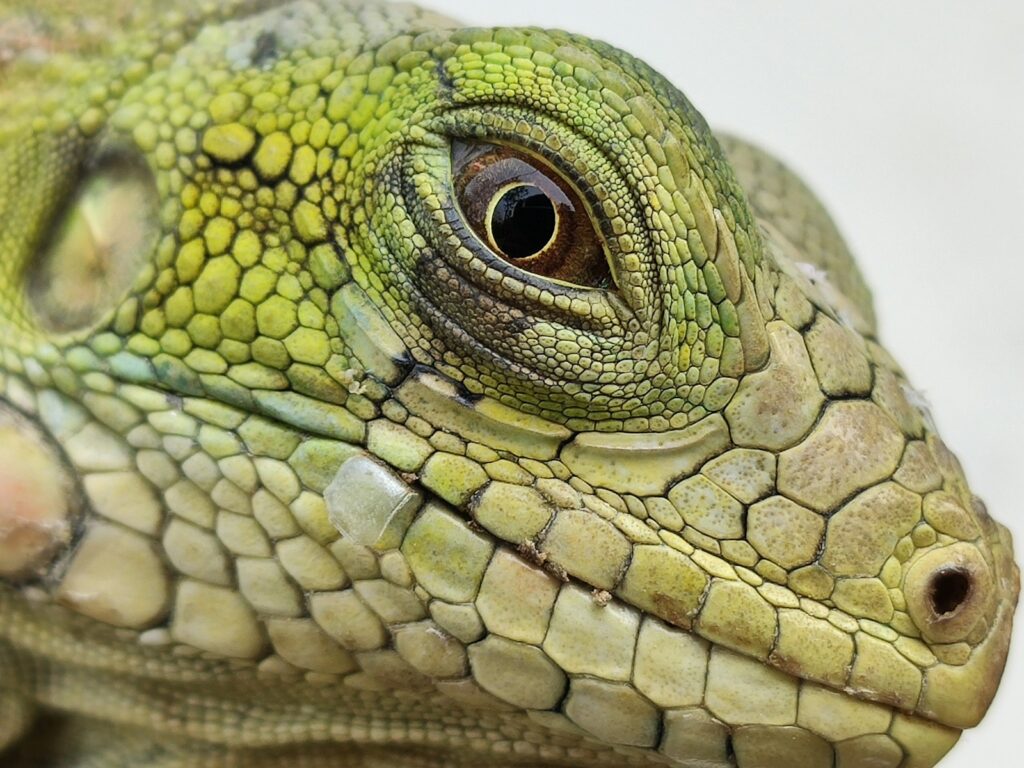
Even the most well-designed naturalistic habitats require regular maintenance to remain healthy environments for your lizard. Develop a schedule that includes daily quick checks of temperature and humidity levels, removal of uneaten food, and water changes. Weekly maintenance should include spot cleaning of waste, pruning overgrown plants, and checking for signs of plant disease or pest issues. Monthly deep maintenance involves checking all equipment functionality, cleaning glass or acrylic surfaces, and inspecting décor for stability and safety. Unlike traditional setups that require complete teardowns, bioactive habitats typically only need partial substrate refreshing every 6-12 months, making them less disruptive to your lizard’s established territory once properly established.
Troubleshooting Common Habitat Issues
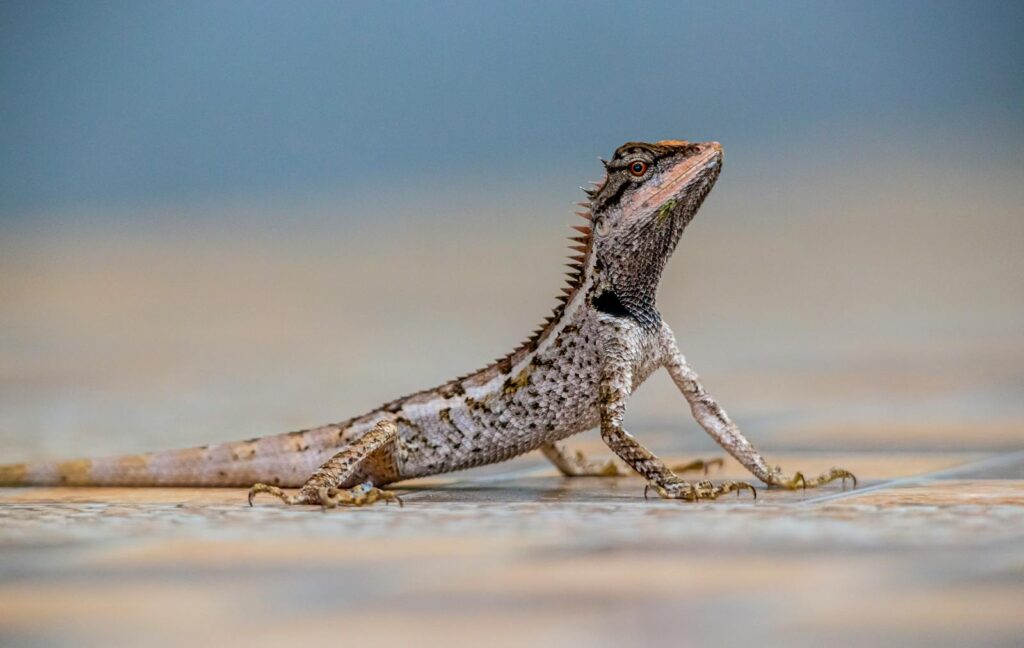
Even carefully planned habitats can develop problems that require prompt attention to maintain your lizard’s health. Mold growth, usually appearing as white, green, or black patches on décor or substrate, indicates excessive humidity or insufficient ventilation—address by improving air circulation and temporarily removing affected materials. Insect pest outbreaks (beyond your cleanup crew) might require targeted treatments safe for reptiles, such as predatory mites that consume pest species. Plants failing to thrive typically indicate improper lighting, watering issues, or incompatibility with enclosure conditions—consider repositioning them or choosing more suitable species. Temperature or humidity fluctuations often result from seasonal household changes or equipment failure, requiring adjustments to heating elements or ventilation. Regular monitoring helps catch these issues early before they impact your lizard’s health.
Enrichment Beyond the Basics

Beyond the physical habitat setup, ongoing enrichment keeps your lizard mentally stimulated and encourages natural behaviors. Rearrange climbing branches or décor periodically to create new exploration opportunities while maintaining established hide locations for security. Introduce novel natural items like safe flowers, leaves, or bark from pesticide-free areas to provide new textures and smells for exploration. For insectivorous species, occasional puzzle feeders or strategically hidden prey items encourage natural hunting behaviors and provide physical exercise. Some larger lizard species even benefit from supervised excursions outside their enclosure in lizard-safe, enclosed areas of your home. The goal of enrichment is to prevent boredom and encourage your lizard to use its natural instincts and behaviors, keeping it physically active and mentally engaged.
conclusion
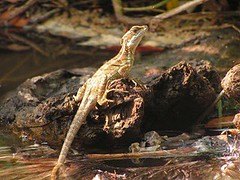
Creating a naturalistic habitat for your lizard represents an investment in both time and resources, but the rewards are substantial. Your lizard will display more natural behaviors, experience less stress, and generally thrive in an environment tailored to its evolutionary needs. Beyond the benefits to your pet, you’ll enjoy a dynamic, beautiful living ecosystem that changes and grows over time. The most successful naturalistic habitats balance the scientific understanding of your lizard’s needs with the art of creating an aesthetically pleasing environment. With proper planning, maintenance, and adjustments based on your lizard’s responses, your naturalistic habitat will provide years of enrichment for both you and your scaly companion.


